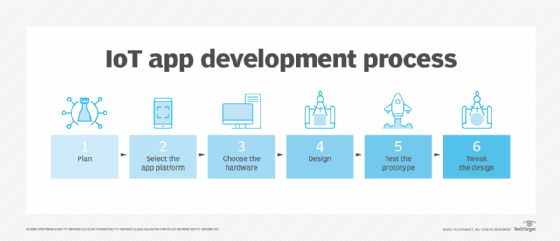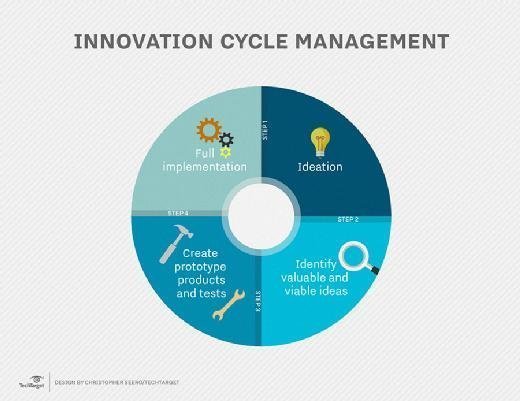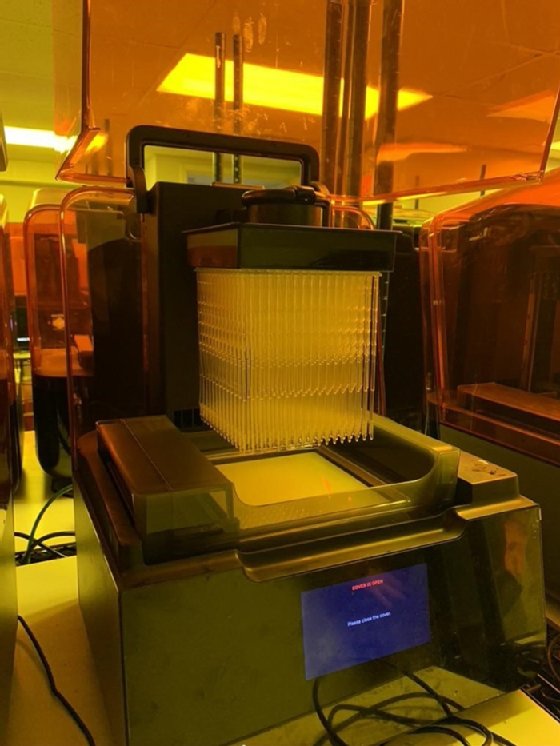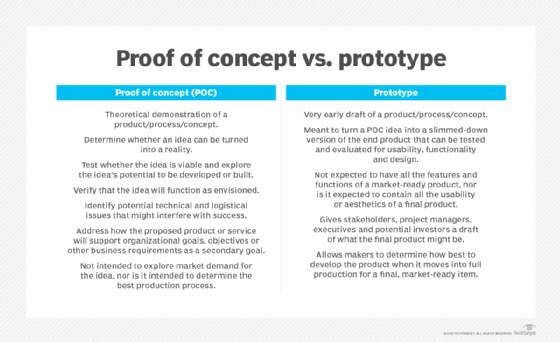prototype
What is a prototype?
A prototype is an early version of a product from which future versions are developed. Engineers and product developers often create these test versions of a new product, service or device before releasing it.
Prototypes aren't the final product or service. Instead, they provide a way to test an idea, validate the operational process and identify ways to improve the item before releasing it to the public. The prototype can be poked, prodded, thrown against a wall and put through other tests. If it passes these tests, it has a greater likelihood of satisfying customers. If the prototyping process reveals flaws, the item could be scrapped.
The word prototype comes from the Latin words proto, meaning original, and typus, meaning form or model. In a nontechnical context, a prototype is an especially representative example of a given category.

Prototypes in IT
In IT, prototyping takes many forms, based on the product or service being developed:
- Software development. A prototype is a rudimentary working model of a product or information system, usually built for demonstration purposes or as part of the development process. In the systems development lifecycle prototyping model, a basic version of the system is built, tested and then reworked as necessary until an acceptable prototype is achieved from which the complete system or product is developed.
- Programming. Prototype-based programming generates an original object. Then, new objects are created by copying the prototype and making revisions as identified from testing the code and how it executes.
- Hardware design. When developing a new device, such as a server or network router, creating a prototype or hand-built model that closely represents a manufactured product lets designers visualize and test the design.

Types of prototypes
There are four types of prototypes that can be used to validate an idea or concept as it progresses to its final form:
- Wireframe model. This is a model that captures the basic description, structure and design of a product minus the internal workings. It helps frame the item to set the initial stage of development. A wireframe is also called a paper prototype.
- Solid model. This builds on a wireframe model, providing details on the internal workings and showing what the product will look like when it's in a solid form.
- Mock-up. This is a static physical model of the finished product for review and validation of the design and functions.
- Working model. A working model is another way of describing a prototype; it does all the things the finished product or service is supposed to do but needs a few more refinements before it can go into production.
A familiar example of the above steps is the development of a new automobile. Following the wireframe, which sets the basic design parameters, a solid model, also called a clay model, is developed to better visualize how the vehicle might look. Then, a mock-up is created, with engine, tires and working functionality that can be examined more closely by key stakeholders.
Car mock-ups may be presented at car shows as an experimental model or dream car to assess public reaction. Finally, as the design gets closer to its final form, the car, with the engine and all working functionality, is test-driven -- often disguised with special markings -- to validate its usability and likely end-user experience. Each of these steps provides data on the car's performance and its likely acceptance by the buying public.
Tools for prototyping
The prototyping process can start with a pencil and paper. However, a range of interactive tools are available that take an idea through various early samples through various iterations of digital prototypes, prototype testing, final design and mass production.
Systems that perform 3D modeling are among the most useful prototyping tools. Complementing 3D design process software is 3D printing, which makes it even easier to create a mock-up. Design software easily takes the designer from a wireframe to final version, and 3D printers bring the idea into an early stage of reality.

Proof of concept vs. prototype
Before a prototyping model is produced, it may be beneficial to run a proof of concept (POC). They are two different steps in the product development process.
Proof of concept
POC exercises validate an idea or concept before any formal design, feasibility testing and production occurs. Think of POC as testing the idea or vision. It can identify issues to avoid when building a prototype. The POC process may result in a minimum viable product, or MVP, which is an early version of a product or service that meets the minimum requirements for use and can lead to the development of a prototype.
Prototyping
Here, the reality of an idea or concept is tested. A real version of the product or service is tried out. Progressing from POC to prototype is a logical, cost-effective way to move from idea to reality.

Learn more about how generative artificial intelligence is expected to assist with the early stages of product development, including prototyping.








